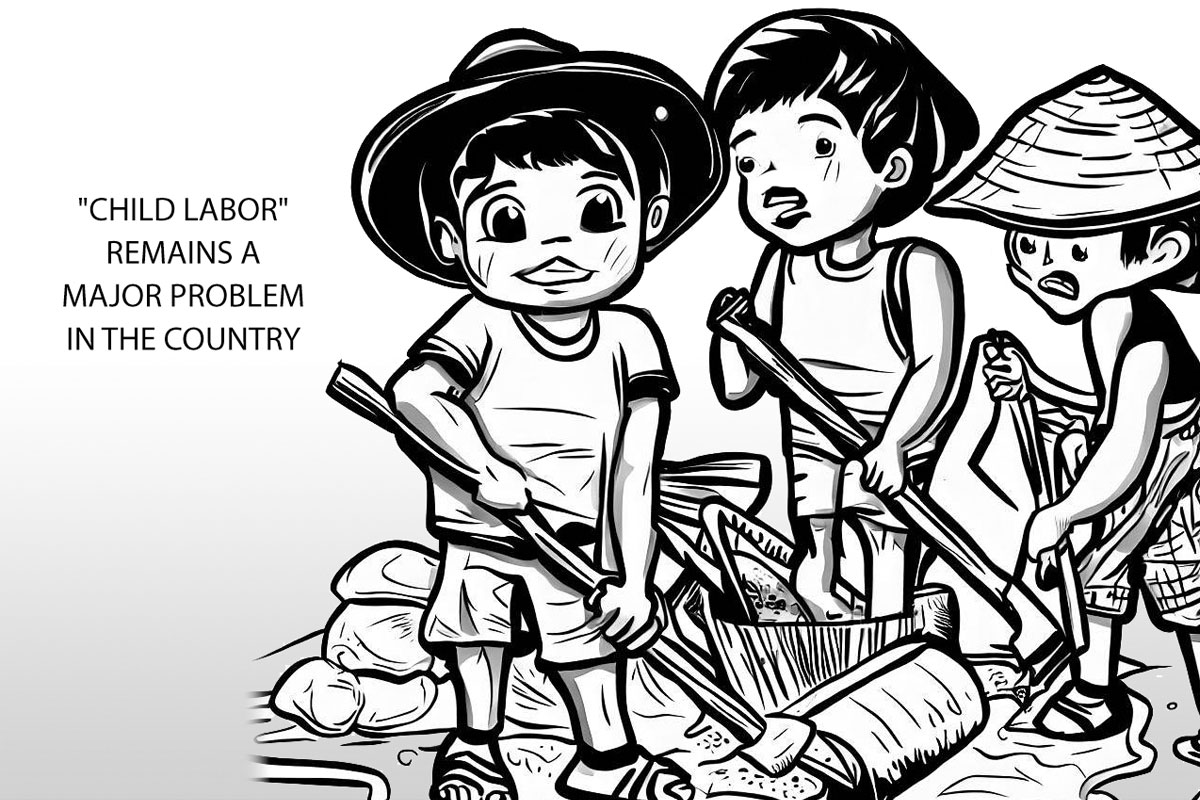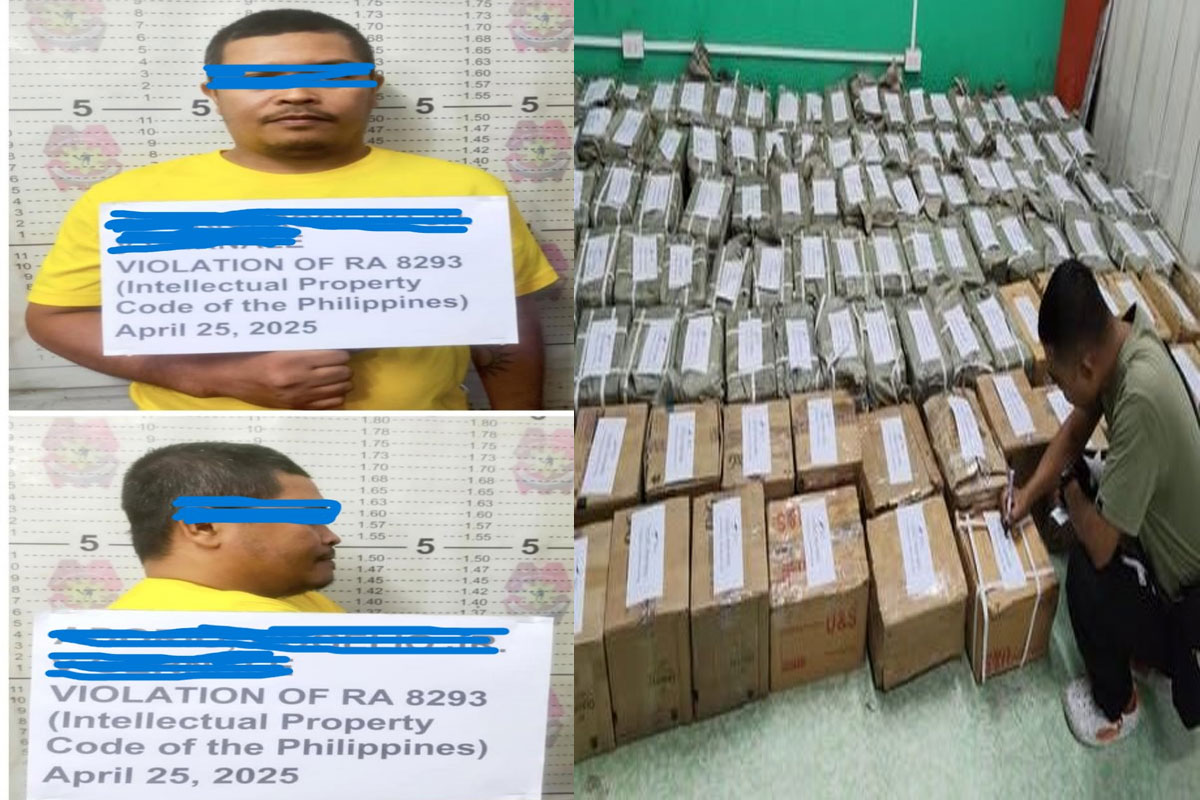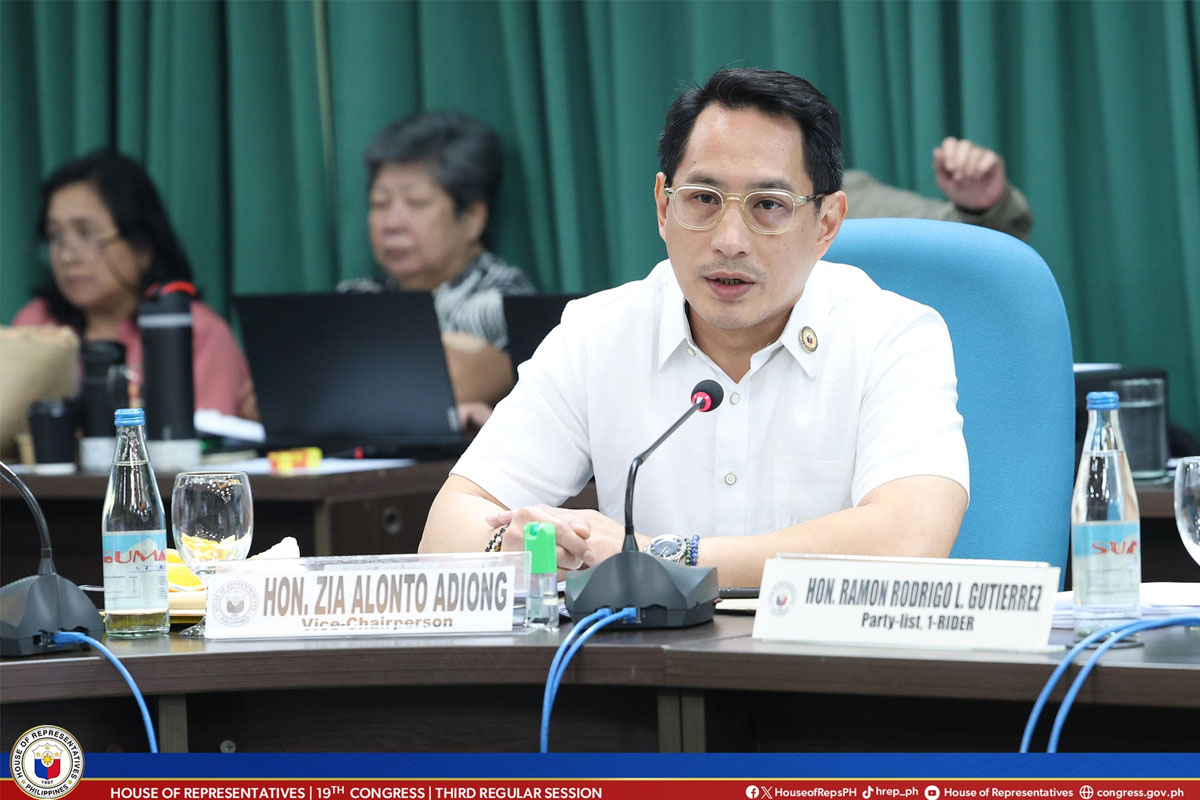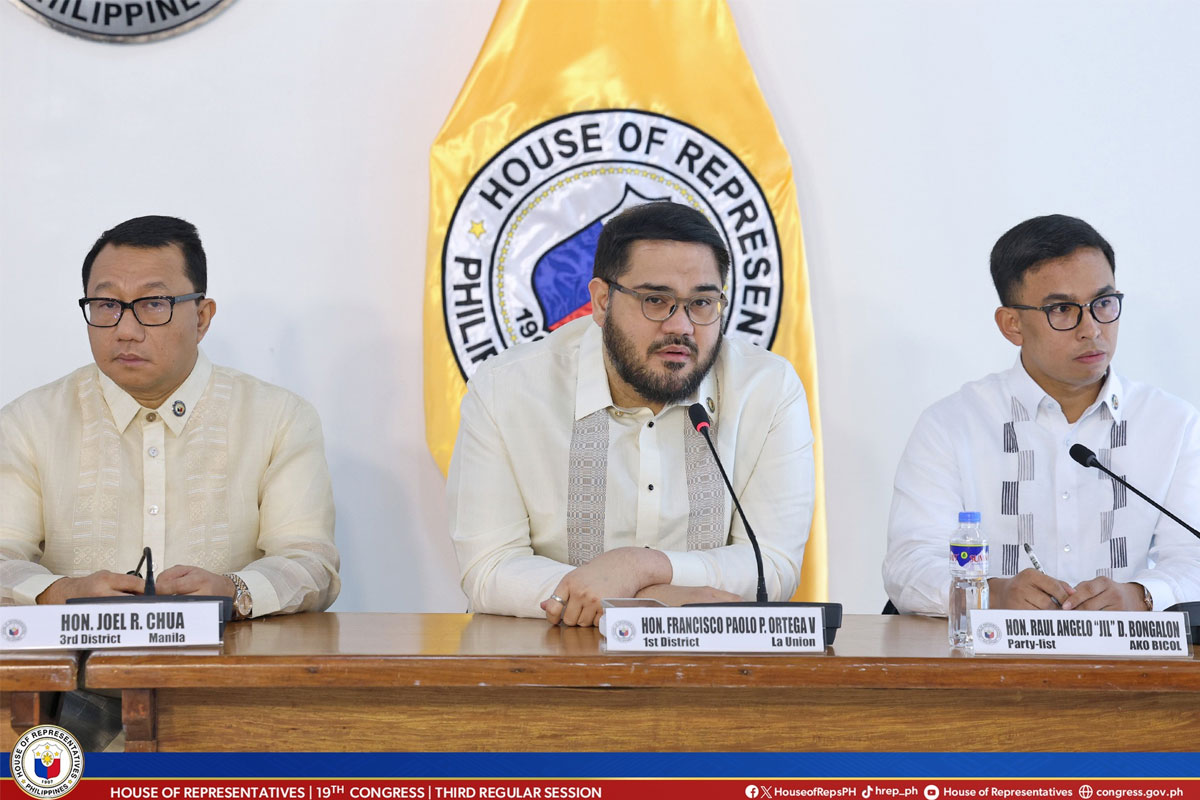
Child labor
LIKE in other countries across the globe, “child labor” remains a major problem in this Southeast Asian nation of more than 110 million English-speaking people.
In the Philippines, the minimum employable age is 15 to below 18 years of age. These children are legally allowed to get employment provided they are not engaged in “child labor.”
Although the number of child workers has been declining, the problem continues to worry government officials, community leaders and even church authorities in the country.
This is understandable because “child labor” harms the children’s social and mental development, reduces their ability to enjoy their childhood, and limits their educational opportunities.
The major reason for the emergence of “child labor” in the Philippines and elsewhere is economic deprivation. Children are forced to work to earn a living for themselves and their families.
“Child labor” is the employment of children below the age of 15 in hazardous occupations. It is defined as work that deprives kids of their childhood, their potential and their dignity.
Last year, of the 1.48 million working children in the Philippines, 828,000 were child workers,
In 2021, there were 935,000 child workers in the country, according to the Philippine Statistics Authority (PSA).
Today, the government, through concerned offices and agencies, is doing everything to address the problem.
And recently, the Department of Labor and Employment (DOLE) commended the National Council Against Child Labor for its efforts to wipe out “child labor” in the country.






















